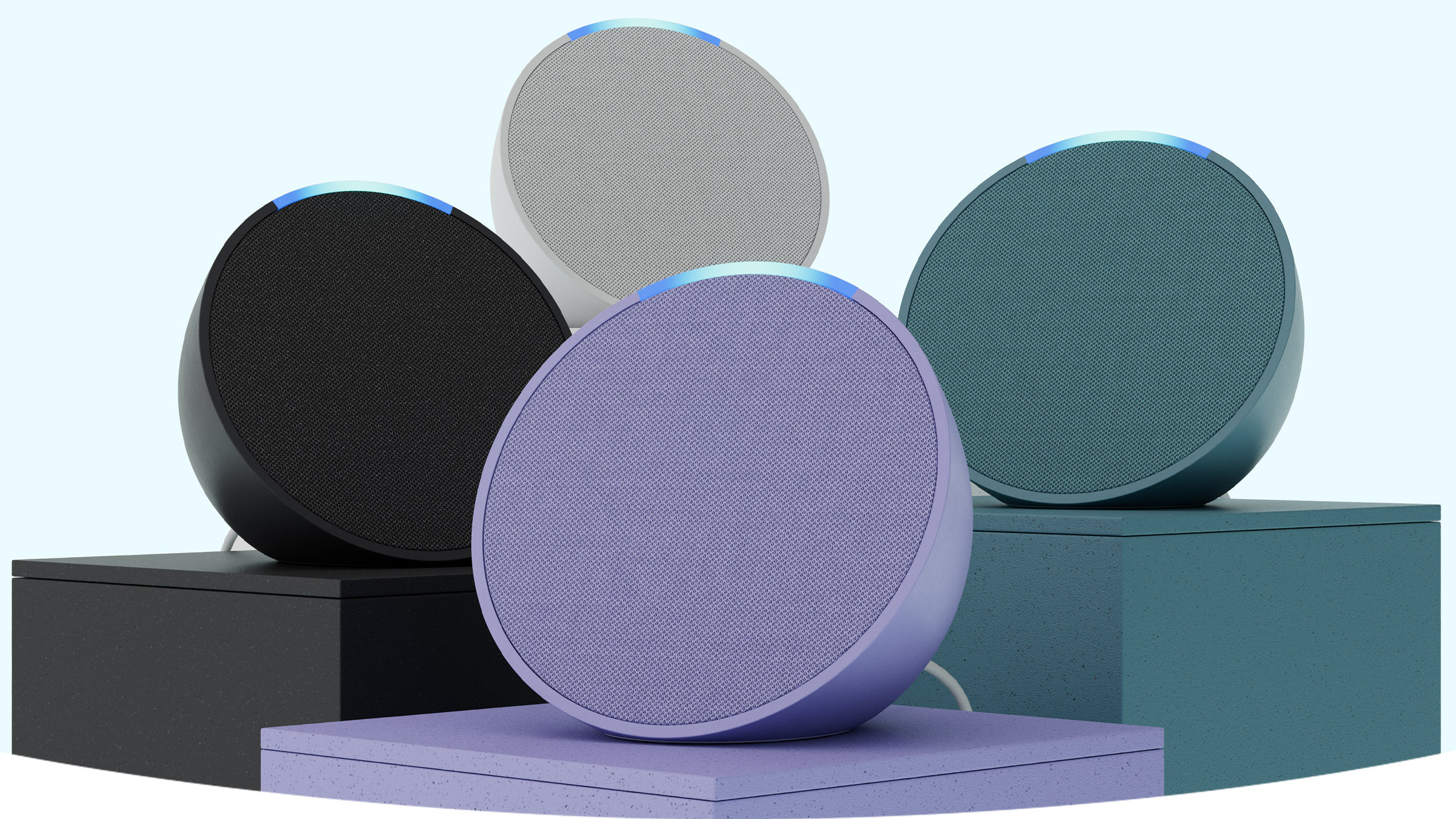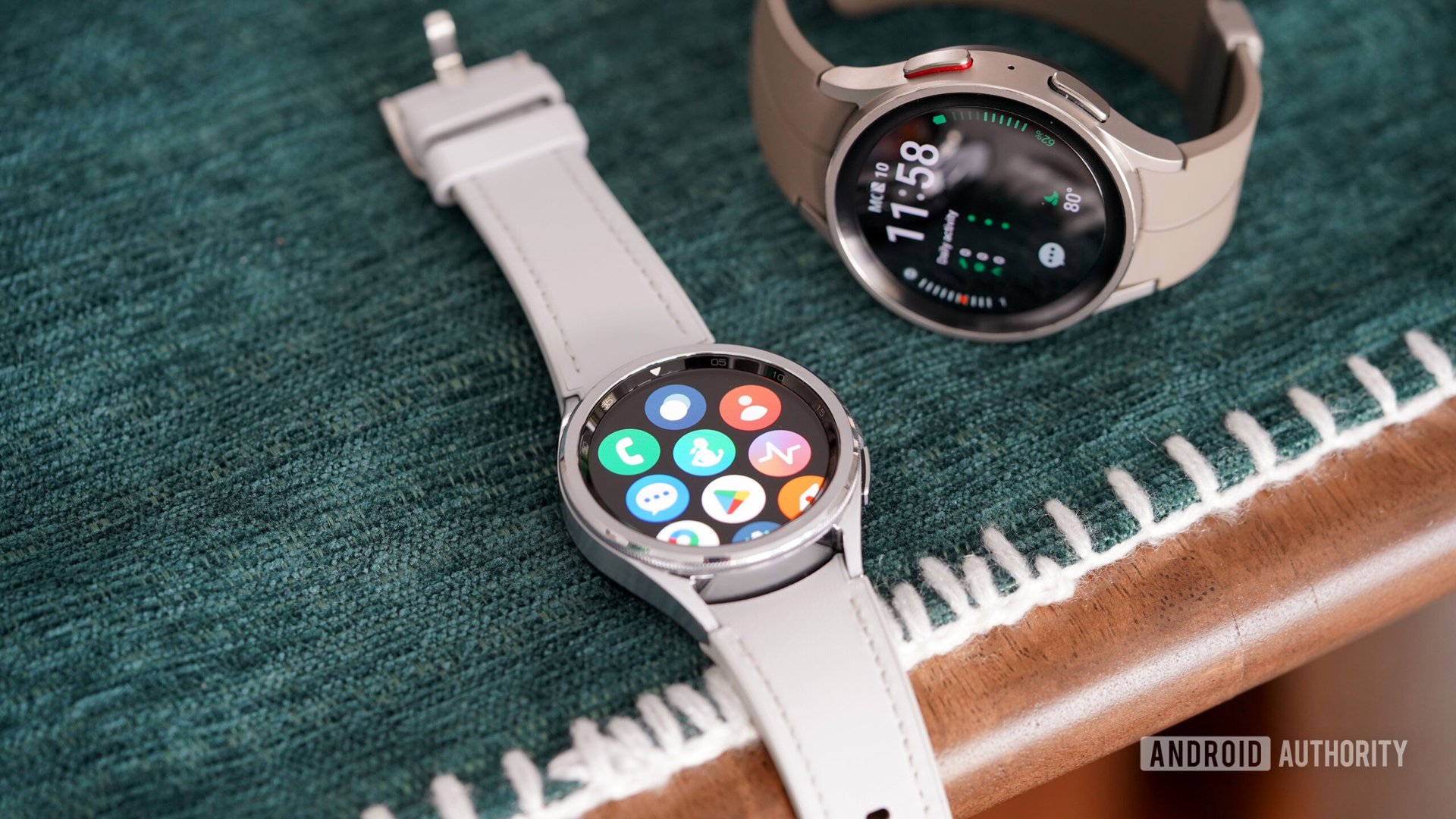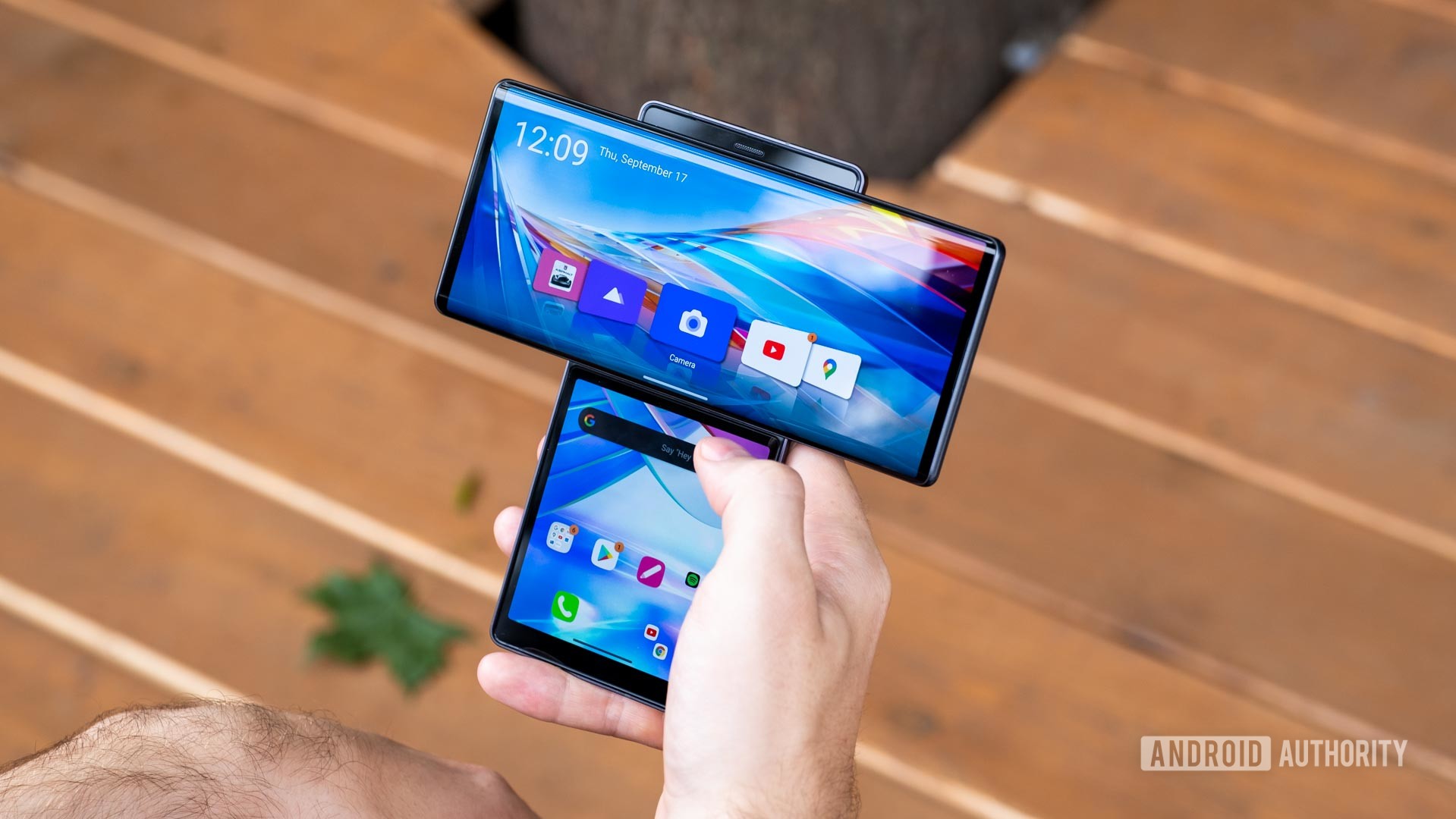Custom Butcher Paper Combining Functionality with Brand Identity
In the food industry, packaging plays a crucial role—not just in preserving and protecting the product, but also in promoting the brand. One increasingly popular packaging solution that delivers both utility and visual appeal is custom butcher paper.

What Is Custom Butcher Paper?
Custom butcher paper is a thick, durable, food-safe paper traditionally used for wrapping meat to preserve freshness and prevent leaks. What makes it “custom” is the ability to print your branding—logos, taglines, illustrations, and patterns—directly onto the paper, turning a functional product into a powerful marketing tool.
Butcher paper comes in a variety of colors (white, pink, brown/kraft) and finishes, and it can be waxed, unwaxed, or coated depending on your needs.
Why Use Custom Butcher Paper?
Beyond its traditional use in meat packaging, butcher paper has become a go-to for many food businesses looking to combine functionality with custom branding. Here’s why:
Enhances Brand Visibility
Every time you wrap a product or line a tray with custom butcher paper wholesale, you reinforce your brand. The more your logo and design are seen, the more memorable your business becomes. It’s subtle but powerful advertising.
Food-Safe and Practical
Custom butcher paper is designed to be in direct contact with food. It’s non-toxic, breathable (when unwaxed), and helps keep moisture in while allowing excess steam to escape—perfect for both raw and cooked items.
Versatile for Multiple Uses
It’s not just for meat anymore. Custom butcher paper is now widely used for:
Wrapping sandwiches and subs
Serving BBQ platters
Lining deli baskets or bakery boxes
Wrapping cheese or seafood
Gift wrapping for specialty food items
Eco-Friendly Packaging Option
Many butcher paper products are recyclable, compostable, and biodegradable, making them an eco-conscious choice for businesses aiming to reduce their environmental impact.
Types of Butcher Paper
Depending on your specific needs, there are several types of custom butcher paper to consider:
White Butcher Paper
Clean, bright, and perfect for full-color printing. Ideal for delis and bakeries.
Pink Butcher Paper
Also known as peach paper this is popular in BBQ restaurants for wrapping smoked meats. It allows smoke to penetrate while keeping the meat moist.
Brown Kraft Butcher Paper
Natural and rustic, this gives a more organic and eco-friendly vibe, great for artisanal and farm-to-table brands.
Waxed or Poly-Coated Butcher Paper
Offers added grease and moisture resistance, ideal for juicy meats or high-moisture items.
Design Tips for Effective Custom Butcher Paper
To make the most of your custom made wax paper your design should be simple yet impactful. Here are some tips:
Use Repeating Patterns
A small logo or brand motif repeated across the paper adds elegance without overpowering the food.
Keep It Legible
If you include taglines, social media handles, or website URLs, make sure they’re easy to read.
Choose the Right Color Ink
High-contrast colors work best on kraft or pink paper; for white paper, full-color options can look vibrant and premium.
Highlight Sustainability
If your paper is recyclable or biodegradable, add a small icon or message to let customers know.
Who Should Use Custom Butcher Paper?
Custom butcher paper is ideal for:
Butcher shops and meat processors
BBQ restaurants and food trucks
Delis and sandwich shops
Bakeries and cafes
Specialty grocers and gift shops
Even non-food businesses, like gift stores and florists, use butcher paper for wrapping items in a rustic, stylish way.
Final Thoughts
Custom butcher paper is more than just a wrap—it's an extension of your brand. It helps protect your products, impress your customers, and reduce your environmental footprint. Whether you're serving up smoky ribs or packaging an artisan cheese board, custom butcher paper lets you do it with style and purpose.
So, if you're looking to boost your brand while maintaining top-tier functionality, investing in custom butcher paper is a smart and strategic move.
What's Your Reaction?
 Like
0
Like
0
 Dislike
0
Dislike
0
 Love
0
Love
0
 Funny
0
Funny
0
 Angry
0
Angry
0
 Sad
0
Sad
0
 Wow
0
Wow
0















































